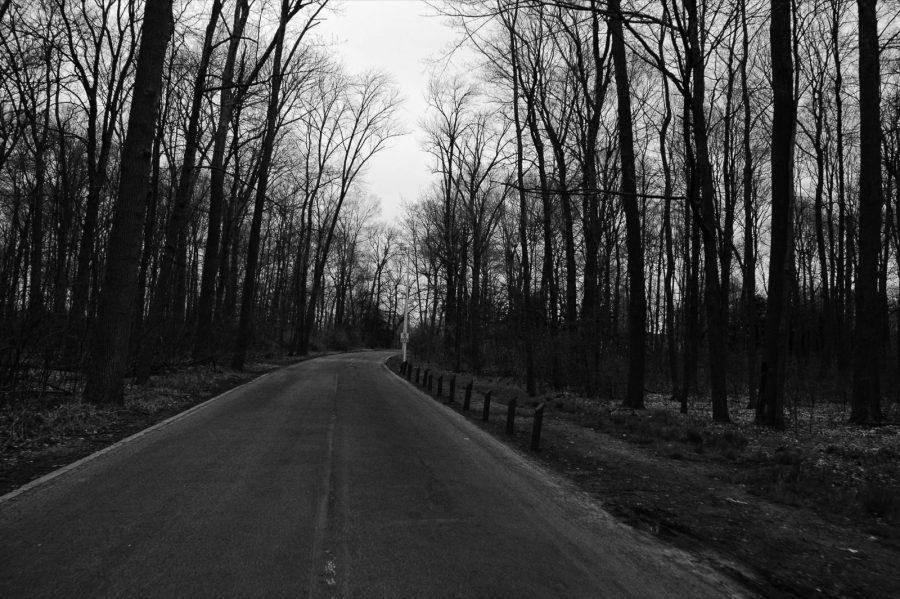Review of Blair Witch: Too little, 17 years too late
New film Blair Witch fails to deliver as a horror film.
September 28, 2016
The year 2016 has been an incredible time for horror movie fans, with stunning successes like The VVitch and 10 Cloverfield Lane proving that even one of cinema’s oldest genres can still shock and amaze. Then there is Blair Witch, director Adam Wingard’s reinvention of the wheel that is missing a hole for the axle.
Blair Witch has a promising set up. 20 years after the events of The Blair Witch Project, a new lead sends James (James Allen McCune), the younger brother of Project’s Heather Donahue, into the Black Hills Woods of Maryland in search of the filmmakers lost in 1994. Joining him are three friends and two quirky Burkittsville locals with unclear intentions.
Writer Simon Barrett must have hoped nobody would be attached to this plot, since it does not develop past the exposition. Marylanders Lane and Talia (Wes Robinson and Valorie Curry) give the audience some new Blair lore to digest, but after they separate from the group early on, so do any chances of the plot developing. And the search for Heather? As soon as the ensemble reaches the woods, it is never mentioned again.
The original Blair Witch Project did not have much of a plot either, but it was a very different film in a very different time. Project got by on its atmosphere alone, feeling more real than any found footage flick before or since thanks to incredible improvisation and building of a completely new urban legend. Blair Witch spends the first half of its 89 minute runtime trying to renew the dead, spooky air that makes the original so chilling, but the professional aspects behind everything from the carefully framed shots to the studio-mixed sound effects place the audience in a theme park haunted house version of the Black Hills Woods.
Because Blair Witch is distinctly more theatrical than The Blair Witch Project, it is at its best when it toys with its visuals. Project was about what was off-screen, as often the imagination is far darker than the creations of any special effects artist. This time around audiences already know what the Blair Witch is capable of and want to see more than some wooden trinkets and piles of rocks.
Supernatural physical horror including unnatural bloody wounds and hands reaching out from nothingness are just a couple of the delightfully wince-inducing surprises in Blair Witch’s second half. The problem? There are maybe only three or four more in the entire film and each is only good for about 10 seconds of excitement.
It deserves to be noted that Blair Witch does realize its potential in its final scene, a disorienting chase that uses the film’s production value to evolve the climax of the low budget original. Split-second glimpses of figures in between flashes of lightning have you questioning not just the screen, but your own eyes, wondering what actually happened if anything at all.
The rare feeling of being present in the film takes full force and just as the tension is wound as tight as it gets, the credits roll. Instead of working as a thrilling conclusion to the journey, it just poses the question of why the rest of the movie was not so scary (or scary at all).
Overall, Blair Witch is an inconsequential film that delivers almost no entertainment or redeeming value for fans or newcomers. No memorable performances, no original twist on the genre, and no reason to look under the bed before going to sleep.
Blair Witch earns a 2/10 rating. Elly Kedward is always watching; nobody else needs to.
Overall, Blair Witch is an inconsequential film that delivers almost no entertainment or redeeming value for fans or newcomers. No memorable performances, no original twist on the genre, and no reason to look under the bed before going to sleep.
Blair Witch earns a 2/10 rating. Elly Kedward is always watching; nobody else needs to.



